
Move then 15% of UK women have bunions. If not treated a bunion normally gets worse over time. They get bigger, and more painful. They can limit the types and styles of shoes you wear. It makes it difficult to walk around on holidays, or in the perfect shoes.
Bunions are usually hereditary. Bunions are not generally caused by shoes. They are most often caused by a defective mechanical structure of the foot which is genetic and these certain foot types make a person prone to the development of a bunion.
They can, however, be made worse by the shoes we wear and the way we walk (biomechanics). This can be made worse by arthritis. Toe spacers or bunion splints may provide temporary relief. But this only lasts as long as they are on.
It is not a long term solution. Surgery is not usually performed for cosmetic reasons, so if you have a bunion, it is better if you look after it. Where we cannot change the damage that is there, we can help prevent it from getting worse.
What is a biomechanical assessment?
Therefore, a biomechanical assessment will involve a specialist, such as a podiatrist, looking at how your joints move when you move them or when they’re moved for you; if the joints move smoothly, get blocked or are able to be unblocked.
Also, it will look at the muscles and how they function (if they’re strong or weak) and if you’re able to do certain functional movements – like hopping, jumping and balancing.
When should you get a biomechanical assessment?
However, if you’re getting pain in your feet, whether its pain when you move or stand or get up from being still – your pain may be bio-mechanical in nature. However even hard skin on your feet can be the result of abnormal bio-mechanics since hard skin is just the body’s way of protecting itself from extra friction – which can be caused by poorly functioning joints.
What can you expect?
By getting all that info from you I don’t just have an idea of what the problem with your feet maybe, but I also get to know in what direction to set your treatment. After all, a marathon runner with heel pain needs very different exercises to a little old lady!
Once I know what your lifestyle is like, I can then look at what it is that’s causing you pain. This involves a hands-on assessment – basically, I try to poke the bit that hurts and then I can tell you what it is and how we treat it.
Depending on what level you are, and why you’ve attended, I’ll then look at you walking and doing certain movements and exercises – if you do these well, then you may not need very much doing. However, if these identify issues such as weakness or restricted movement, then a customized rehabilitation program with or without orthotics will be recommended.


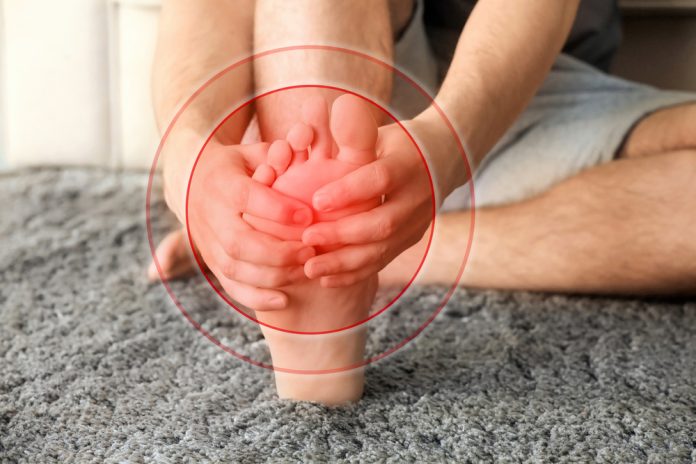
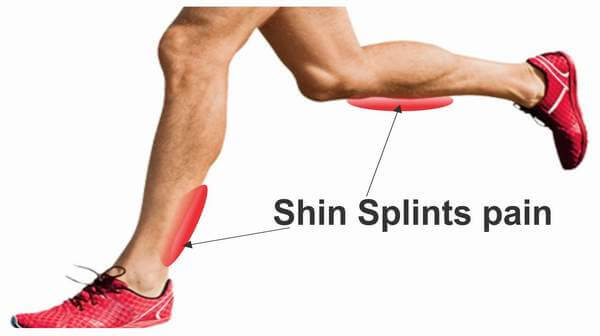
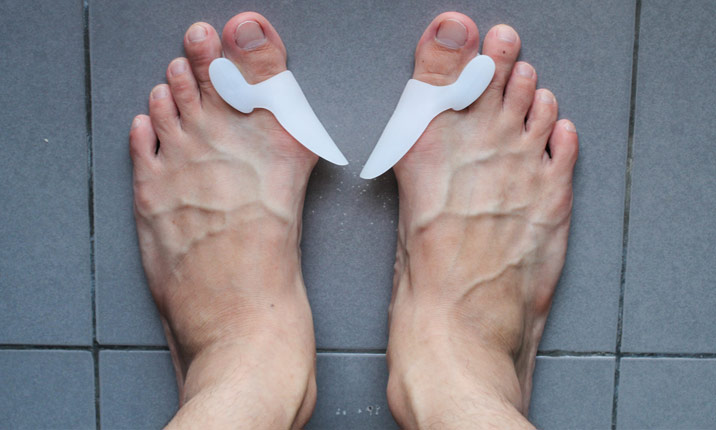
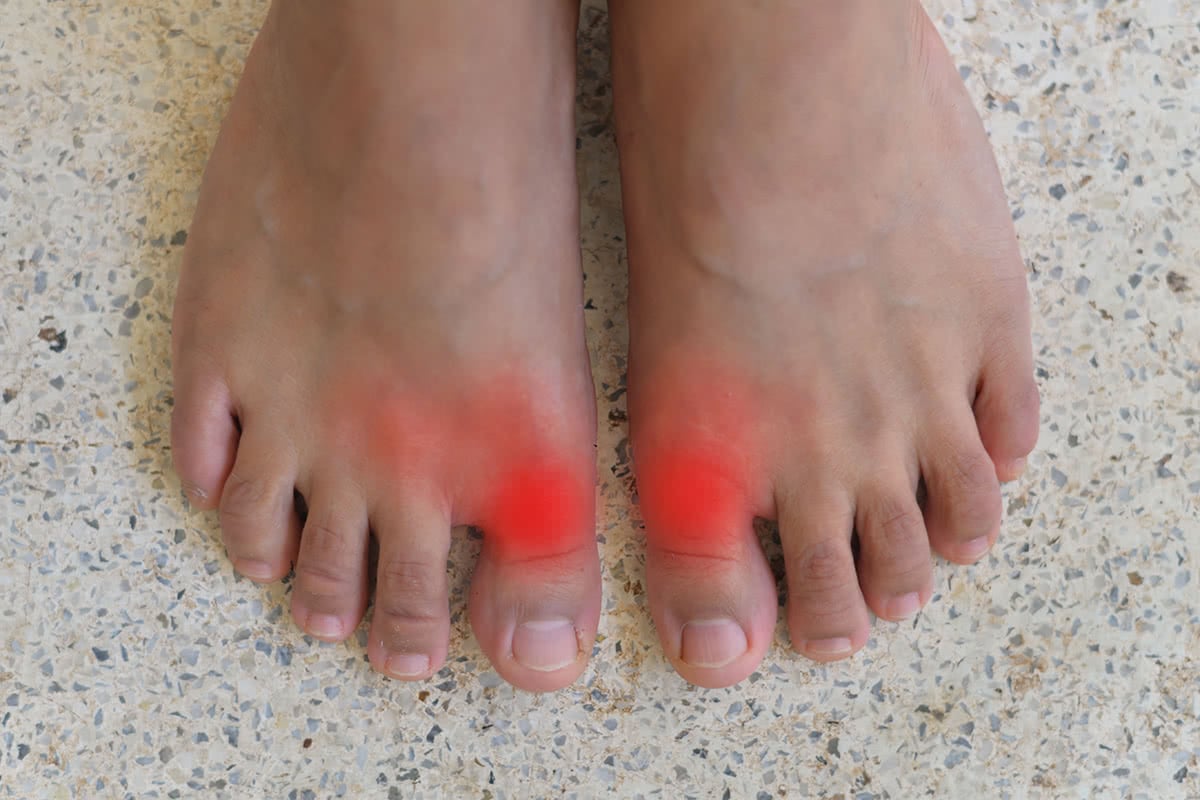
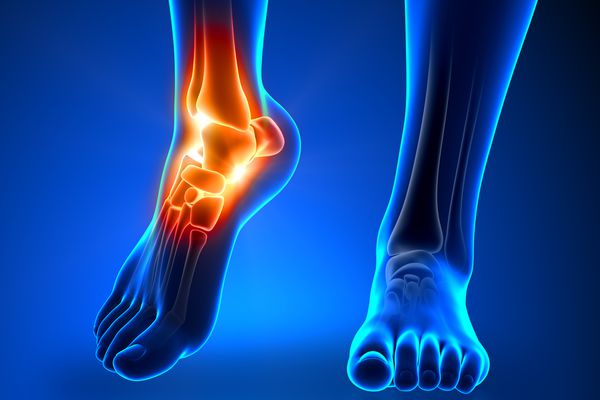



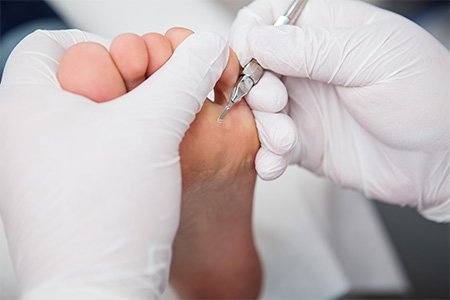
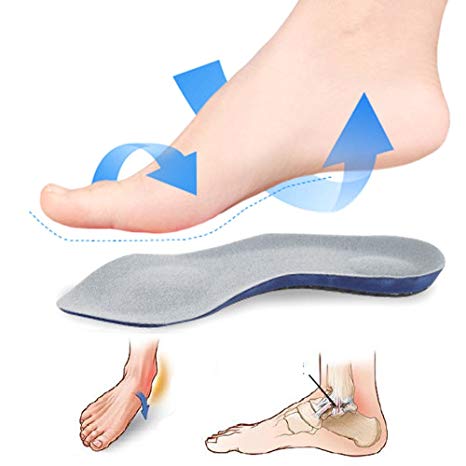
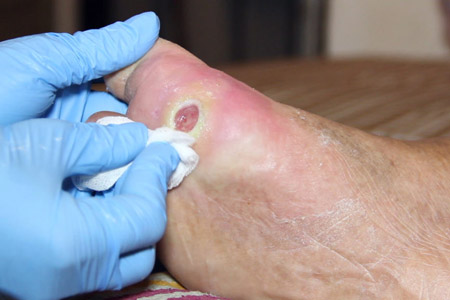




Recent Comments